Nothing beats the rush of discovering new tech gear, especially when it’s about professional-quality sound equipment. That’s why I am excited to tell you everything about my experience with Audio-Technica AT2020. This article will cover all you need to know from specifications to user experience.
Audio-Technica AT2020 is a standout in its class due to its studio-standard performance available at an affordable price point. It has excellent audio clarity and a sturdy build that makes it great for home recording, podcasting, voiceovers and even live performances.
| Feature | Specification |
|---|---|
| Element | Fixed-charge back plate, permanently polarized condenser |
| Polar Pattern | Cardioid |
| Frequency Response | 20 Hz – 20,000 Hz |
| Open Circuit Sensitivity | -37 dB (14.1 mV) re 1V at 1 Pa |
| Maximum Input Sound Level | 144 dB SPL, 1 kHz at 1% T.H.D. |
| Dynamic Range | 124 dB, 1 kHz at Max SPL |
| Signal-to-Noise Ratio | 74 dB, 1 kHz at 1 Pa |
| Phantom Power Requirements | 48V DC, 2 mA typical |
| Weight | 345g |
| Dimensions | 6.38″ (162.0 mm) long, 2.05″ (52.0 mm) maximum body diameter |
| Output Connector | Integral 3-pin XLRM-type |
| Accessories Included | Stand mount for 5/8″-27 threaded stands; 5/8″-27 to 3/8″-16 threaded adapter; soft protective pouch |
Audio-Technica AT2020: A Quick Overview
The Audio-Technica AT2020 is a standout microphone known for its high-quality performance and affordability, making it a favorite among budding musicians and podcasters.
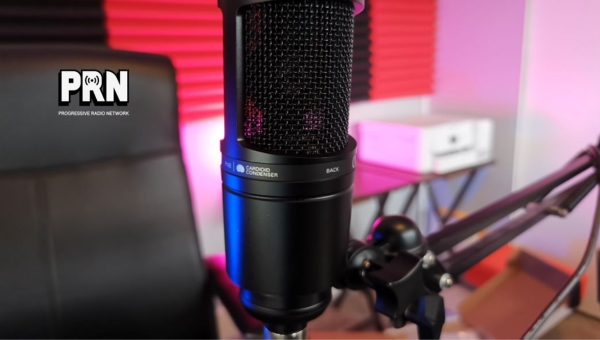
Featuring a fixed-charge back plate and a permanently polarized condenser, this mic offers a cardioid polar pattern that effectively minimizes background noise. It boasts an impressive frequency response range of 20 Hz to 20,000 Hz, ensuring clear audio reproduction across various applications.
Durably constructed with a maximum input sound level of 144 dB SPL at 1% total harmonic distortion (T.H.D.), the AT2020 handles loud sound sources with ease. It offers an open circuit sensitivity of -37 dB re 1V at 1 Pa, paired with a dynamic range of 124 dB.
Requiring standard phantom power (48V DC), it weighs just 345 grams and features an integral 3-pin XLRM-type output connector. The package also includes essential accessories like a stand mount and protective pouch, making it convenient for both studio and portable use.
What’s it like to use the Audio-Technica AT2020?
The Audio-Technica AT2020 mic is a user-friendly device that I find quite easy to set up and use. The first thing that strikes me about the Audio-Technica AT2020 is its sturdy build and professional finish. Weighing 345 grams, it’s comfortable to hold, not too heavy, but by no means flimsy.
One of the things I like most about this mic is how straightforward it is. There are no complex buttons or settings to figure out; everything operates seamlessly. To get started, all I have to do is connect the microphone using an XLRM-type connector and make sure there’s a 48V phantom power supply.
I notice immediately the quiet operation of this microphone. Even when I use it in a less-than-perfect setting, background noise rarely interferes with my recording sessions. This benefit makes my work easier because it saves me from spending countless hours editing out unwanted sounds during post-production.
Another aspect that caught my attention was how forgiving this microphone tends to be with positioning due to its cardioid polar pattern design which we will go into detail later on in this article. So if you’re not always sitting perfectly still or positioned just right, don’t worry – your voice will still come across clearly on your recordings.
Also Read: Walrus Audio Eons: Your Ultimate Guide and Comprehensive Review
Specifications
Getting under the hood of the Audio-Technica AT2020 reveals an impressive array of technical specifications. By understanding these, we can better appreciate what makes this microphone such a standout performer in its class. Let’s first explore two critical components of any microphone – Element and Polar Pattern.
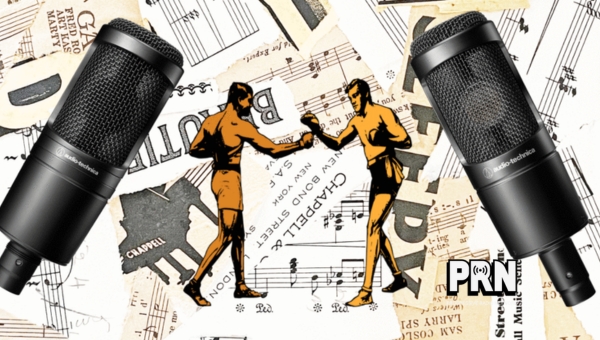
The heart and soul of any microphone lie in its element types and their polar patterns. These are the features responsible for how well your audio gets transformed into electrical signals. Now let’s dive a bit deeper into both these aspects.
Unique Element Structure
Firstly, let me discuss the element structure. The AT2020 boasts a fixed-charge back plate, and permanently polarized condenser type, which is key to capturing rich, full-bodied sound across a wide dynamic range. This crucial part inside every mic essentially converts incoming sound waves into an electrical signal.
Larger diaphragm microphones like this one produce higher-quality audio because they capture more detailed sound waves.
But there’s more to it than meets the eye! Unlike many other microphones within this price bracket, which use electret condenser types, the AT2020 has a permanent charge, needing only phantom power to integrate electronic circuitry with polarization voltage at fixed charge giving it an excellent performance over its rivals.
Polar Pattern
Next up in our decoding process is understanding what Polar Pattern means within the context of our fabulous Audio-Technica 2020. Every microphone picks up sounds differently from different directions — that’s where your mic’s polar pattern comes into play!
Our dear friend here has been blessed with something called a Cardioid Polar Pattern. This feature helps it capture what’s in front of the mic and rejects sounds coming at it from the sides or rear. The advantage is that you can hone in on one particular sound while keeping background noise to a minimum.
Whether you’re singing your heart out or Podcasting away, this feature acts as a gotta-have-it perk for ensuring clear sound every time!
Sound Quality
Having personally used the Audio-Technica AT2020, I can tell you that its sound quality is top-notch. It is exceptional in capturing vocals and instruments with crisp clarity and detail. Yet, you may be curious about what specifically gives this microphone its superior sound. Here’s my take on it:
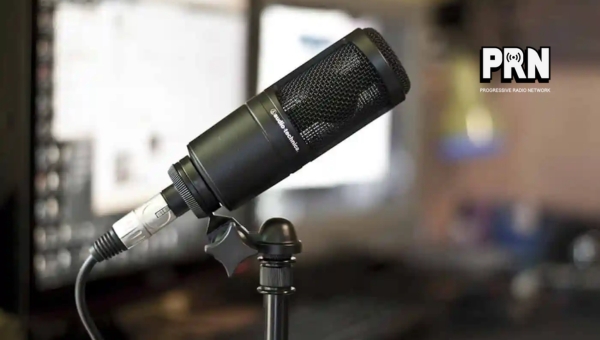
- Warm Mids and Highs: This mic has a warm coloration in the mid-range that brings a full-bodied feel to your audio recordings, coupled with clear highs that aren’t too piercing.
- Clear Voice Recording: If you’re into podcasting or recording your voice for other projects, you’ll find this mic picks up all nuances of speech very well.
- Excellent for Musical Instruments: Whether it’s an acoustic guitar or a violin, the Audio-Technica AT2020 delivers detailed sound reproduction that really stands out.
Now let me highlight some unique characteristics of this microphone by going into detail:
Low Noise level: The low self-noise level of this mic significantly enhances its overall sound quality. There is minimal background noise or unwanted hissing sounds when using it. This allows for pure and clean audio recordings every time.
Adaptability: One thing I’ve learned from working with various kinds of microphones is how each one handles different environments. The Audio-Technica AT2020 adapts quite well to varying room acoustics which ultimately contributes to a superior sound output no matter where you’re singing or speaking from.
Frequency
Frequency response, to simply put it, is how a microphone reacts to different sound frequencies. It’s really important because it tells us what sounds the microphone captures best. The frequency response of the Audio-Technica AT2020 deserves special attention.
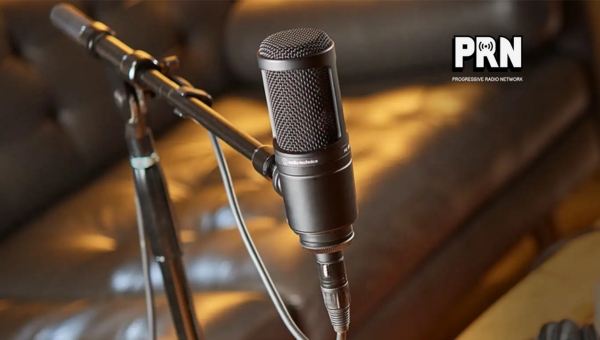
This microphone exhibits an impressive frequency response of 20 Hz – 20,000 Hz. This is exciting since this number means that AT2020 responds wonderfully from the lowest to highest ends of the human hearing range. That said, whether it’s a deep bass guitar or a high-pitched violin, AT2020 has got you covered!
A broader overview suggests that frequencies below 20 Hz fall in the ‘sub-bass’ category and those above 20,000 Hz are ultrasonic frequencies – beyond most people’s hearing range. But within this audible spectrum from 20 Hz to 20,000 Hz, our friendly little Audio-Technica shows very smooth and even responsiveness.
Also Read: Ollo Audio S5X 1.1 Review: In-Depth Analysis
Connectivity
When it comes to linking the Audio-Technica AT2020 with your devices, I’ve got some good news. It’s really easy! The AT2020 uses an integral 3-pin XLRM-type connector, which is quite common in most audio setups.
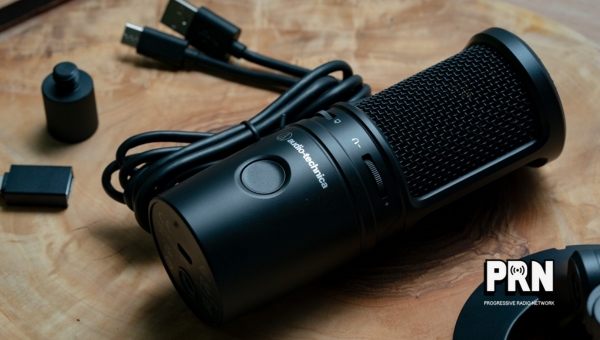
However, for those new to the audio field or those who usually work with USB microphones, you might be wondering what this means. To simplify it for you, an XLR connector is a style of electrical connector used mostly in professional audio and video electronics cabling applications.
The ‘3-pin’ part refers to how many pins are in the connector– there are three of them! The ‘M-type’ basically means male type since this type of connector needs to match a female type one on your device or cable.
Where this might get a little tricky is when trying to plug your Audio-Technica AT2020 into a device that doesn’t have an XLR port. It’s common on laptops or desktops that do not traditionally use this connection format.
Also Read: Tierra Audio New Twenties: Expert Review and Insights
Pros and Cons
| Pros | Cons |
|---|---|
| High-quality audio performance | Requires phantom power (48V DC) |
| Affordable price point | Limited polar pattern (cardioid only) |
| Wide frequency response (20 Hz – 20,000 Hz) | No built-in high-pass filter |
| Handles loud sound sources well | Doesn’t include a shock mount |
| Durable and well-constructed | May not be ideal for live settings |
| Lightweight and compact design | |
| Includes essential accessories |
Conclusion
Investing in a solid microphone like the Audio-Technica AT2020 could very well be one of the best decisions you’ll ever make, especially if you’re into music, podcasting, or gaming. This mic offers an excellent sound quality that’s hard to match at this price point. The specifications are reliable and designed to meet high standards while ensuring practical use.
If you weigh the pros and manage around its cons, it undoubtedly stands as a very competent contender in its category. It’s an excellent choice for people who value durability and top-notch performance under various recording conditions.
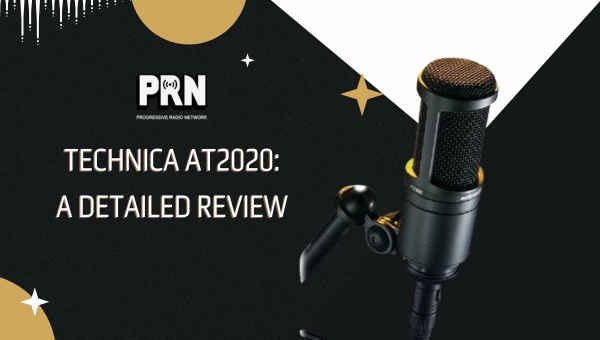

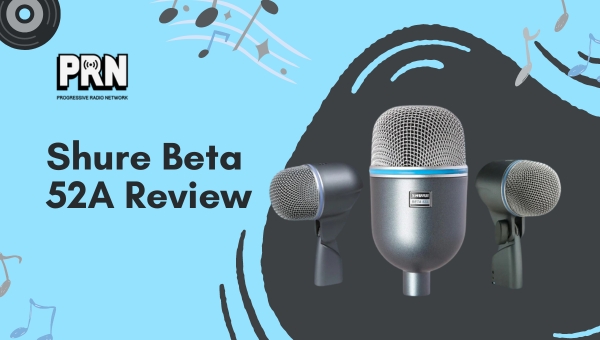

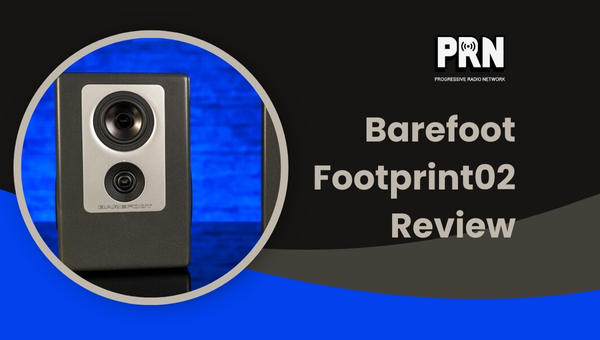
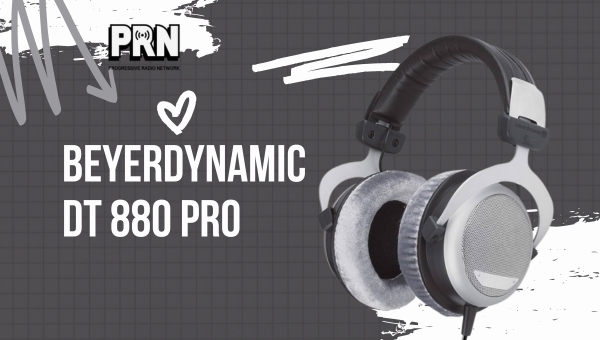
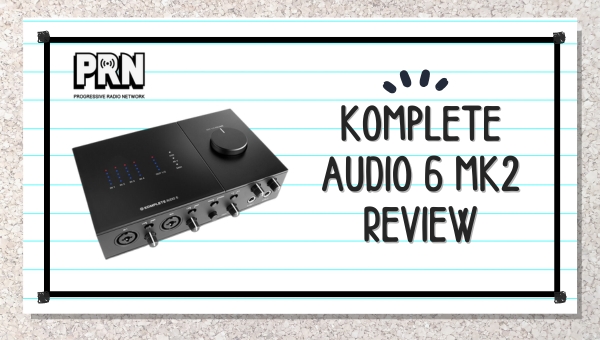
Leave a Comment